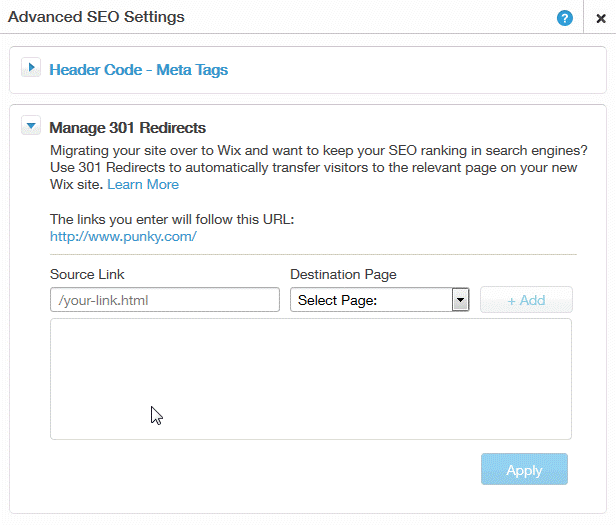In February 2011, it all changed for website content creation. That month, Google announced the release of the Panda Algorithm, which was created in order to lower the rank of low-quality content and put high-quality content on top of the search results. What did this mean for ecommerce sites? It meant that poor, duplicate content or content coming from not-so-trustworthy sites would experience a decrease in rankings, thus hurting SEO.
Duplicate content, paraphrasing Google’s definition, “is the existence of blocks of content that completely match, or that are substantially similar, in two or more domains.” It represents a huge problem since search engines will avoid showing websites having duplicate content as other websites.
Google will make its best effort to find the original one and rank it first; however, it doesn’t always work that way. Websites with higher domain authority can end up ranking higher than another website that may have created the content but has a lower domain authority. This, of course, is detrimental for websites and ecommerce businesses that want to be ranked first in the search results. We all know that no one sells as much as those in the first spots.
In order to talk about duplicate content, we must first identify the types of duplicate content that exist. Let’s go over them briefly before discussing solutions to fix them.
Types of Duplicate Content
URL duplicates can occur within the same website. This means that different URLs can lead users to the same site. For instance, www.yoursite/com/blog/10-top-summer-dresses can be a duplicate of www.yoursite.com/10-top-summer-dresses. Google will view this as two different links to two different pages that have duplicated content.
If you copy and paste a large amount of content from another website on your site, Google will consider it a duplicate. This is true even if you add a link to the source or state that you are quoting someone else. Google may consider your content a duplicate and penalize your website for it.
It is very common for ecommerce sites to share the product description provided by the manufacturer. What’s the problem here? Most likely, your site is not the only place where your manufacturer sells its product. This means that other ecommerce sites such as your own are using the same descriptions, which will make Google consider it as duplicate content. It will rank your site and those of your competitors down, and you don’t want your ecommerce site to offer copycat material.
These were only three duplicate problems, among many others; however, they are the most common ones on the web. Now, we’re going to show you how to solve these issues in the complex world of content creation.
Fixing URL Issues
Use 301 Redirects in order to tell Google that different links on your website are not duplicates. This is a tool that informs search engines which of the different URLs that lead to the same website is the original one and links all of the other ones to it. Once you apply a 301 redirect, the status of the page will change to “Moved Permanently.” If you’d prefer to move it temporarily, apply a 302 redirect.

If you’re using WordPress, you can use one of their many plugins to easily create redirects without using code. Apart from informing Google of the fact that you are not publishing duplicate content on different websites, you are also strengthening your website content.
Apply Canonical Tags
If you have two pages with duplicate content, you can use canonical tags to let search engines know that a specific piece of content is a copy of another page. This will save you from any penalization since you are informing Google or any search engine about your source.
As described by Moz, the canonical tag is a page-level meta tag that is placed in the HTML header of a website. The canonical page gives reference and relevance to the main page, telling Google which page is the one that is more relevant. The code looks like this: <link rel=”canonical” href=”http://yoursite.com/dresses”/>
In other words, applying the canonical tag will help the main page rank higher than the canonical page for relevant searches. Applying this tag is also ideal when you have similar content targeting the same keyword, so you can tell Google which page is the right one to catalog.
Apply Meta Robot No Index
This tag tells Google not to index the links on a particular page, but it lets it crawl the links. In other words, you are telling Google not to take those links into consideration for ranking. They end up having no SEO “juice.” In this way, you’ll avoid getting penalized for duplicate content.
You may be wondering why it’s important to let Google crawl the links if they can’t be indexed? Well, it turns out that Google doesn’t like not having access to all the pieces of code on your site. After all, users can still get access to those pages, so search engines just want to make sure everything is above board with them. As long as it can’t index those links, it won’t affect your ecommerce site.
The code looks like this:
<head>
[code located in the html head]
<meta name=”robots” content=”noindex,follow”>
[other code]
</head>
Tools to Find Duplicate Content
As you can imagine, Google provides website owners with different tools to find duplicate content on their own website and on other sites that may be using their copy. Here are a few of the tools you can use that will help you deal with this common issue for online businesses:
- Siteliner: This is a free tool that explores your website in order to find duplicate content within it. It also searches for broken internal links that exist on your page, since they can affect your ranking negatively and harm the user’s experience–eliminating chances of getting conversions. After analyzing every single page of your website, Siteliner gives you a report on which one is performing the best. This will allow you to determine which content is attracting the most site visitors.
- Copyscape: This is a service designed to detect plagiarism. Copyscape will send you an email notification every time it finds that your content has been published on another website, affecting your rankings and preventing you from capturing vital revenue.
- OnCrawl: This tool finds not just duplicate copy but also any near duplicates of your site that might be out there. It also reveals the links that are sharing the duplicate information from your website. This is not a free tool; however, it offers a 30-day free trial that you can use to test and determine if it is beneficial for your ecommerce site.
Now that you understand the damage that duplicate content presents to your site and the impact that it can have on your credibility and revenue, it is time to investigate your site and fix it as soon as possible. This might seem like a lot of work, but your online business will reap the rewards quickly!






Responses